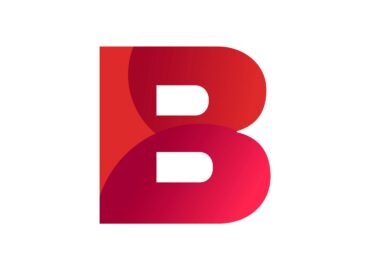C – Glossary
A process for evaluating job candidates based on their skills, experience, and other qualifications.
The creation of a detailed profile of an ideal job candidate, based on data and insights about the company’s culture and talent needs.
A career break refers to a period of time when an individual takes time off from their career to pursue other activities, such as upskilling, or taking caring of family members, or simply take a break to recharge and reassess their professional goals. It is a voluntary and temporary interruption of one’s career, usually for a minimum of several months to a few years, with the intention of returning to work in the same field or a related one. A career break can be unpaid or paid, depending on the individual’s circumstances and the policies of their employer.
Career Pathway refers to an employee’s journey as the employee grows and moves within job positions in the organization to achieve their goals. Career pathways can also be termed as vertical growth within higher job positions or lateral growth i.e, switching jobs between different industries.
A hiring approach that involves input from multiple stakeholders, such as team members, managers, and HR professionals.
Competence is a set of measurable qualities i.e., skills, knowledge and experience of an employee which can be configured to improve the employee’s performance and efficiency within the job role. Competencies can be used as a benchmark to evaluate the employee’s activities and performance.
A structured approach to identifying the skills, knowledge, and behaviors required for success in a particular role or across an organization.
Compensation and benefits refer to the total package of financial and non-financial rewards that an employee receives in exchange for their work. Compensation includes basic salary that is paid to an employee as well as any additional payments such as bonuses or commissions. Compensation can also include non-monetary benefits such as stock options, or other perks. It is important for employers to offer competitive compensation and benefits packages to ensure that they can attract and retain top talent in their industry.
A confirmation letter is a formal document that is sent to an individual by organization to confirm his appointment. The letter typically includes details such as the date, time, and location of an appointment and relevant instructions. It may also provide additional information or confirm that certain conditions have been met.
An evaluation of an organization’s culture, including its values, norms, and communication patterns, to identify areas for improvement and promote employee engagement.
The sum of a candidate’s interactions with an organization during the recruitment process, from application to onboarding.
A fictional representation of the ideal candidate for a job, based on characteristics and traits needed for the position.
A strategy for building and maintaining relationships with potential job candidates to improve recruitment efforts.
A marketing approach to recruitment that focuses on building and nurturing relationships with potential job candidates to improve recruitment outcomes.
The process of planning and executing strategies to enhance an employee’s skills, abilities, and career progression within an organization.
The process of creating a plan for an employee’s career progression within an organization.
The churn rate is also called the attrition rate; the term refers to the percentage of employees leaving the organization in a specific period. The churn rate of an organization is an indicator monitored by the HR department to improve goodwill and organizational well-being through effective workforce planning.
One-on-one training and guidance provided to employees to enhance their performance and development.
A workplace culture that promotes coaching as a core leadership competency and encourages continuous learning and development.
The process of comparing an organization’s compensation practices and policies to those of similar companies or industries to ensure competitiveness and fairness.
A hiring approach that focuses on evaluating job candidates based on their skills, abilities, and knowledge rather than solely on their qualifications and experience.
A structured model that defines the skills, knowledge, and behaviors required for successful performance in a specific role or function.
A framework that identifies the knowledge, skills, and behaviors necessary for success in a particular job or role.
A non-permanent employee who is hired on a temporary or contract basis.
It refers to the workforce that is not comprised of regular full-time employees, but rather includes part-time workers, independent contractors, freelancers, consultants, and temporary workers.
A business strategy that aims to balance profit and social impact, including environmental sustainability, social justice, and ethical practices.
The ability to analyze and evaluate information and arguments, and to make logical and informed decisions.
A cross-functional team can be defined as a group of individuals from different departments within an organization brought together to carry out a task or project. These teams are formed to bring expertise and skills within the organization to boost productivity, efficiency and employee engagement.
The ability to effectively interact with individuals from different cultures and backgrounds.
The degree to which an employee’s values, beliefs, and behaviors align with those of an organization’s culture.
The ability to understand and navigate different cultural norms, values, and behaviors to facilitate effective communication and collaboration in a diverse workforce.
The process of changing an organization’s values, beliefs, and behaviors to create a more positive and inclusive workplace culture.



